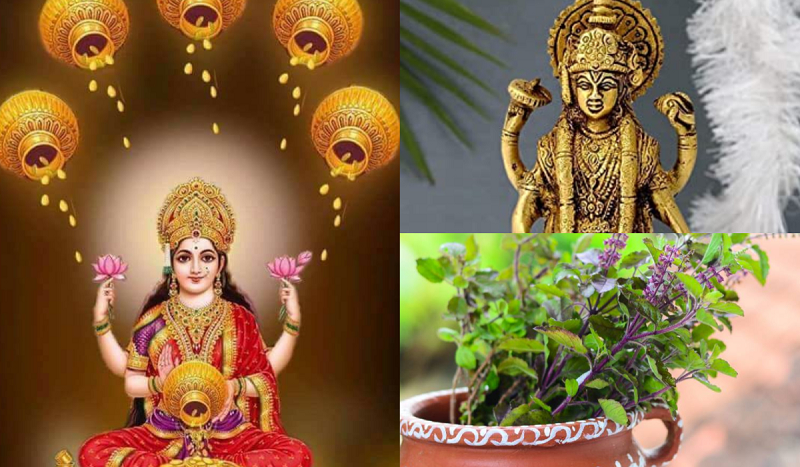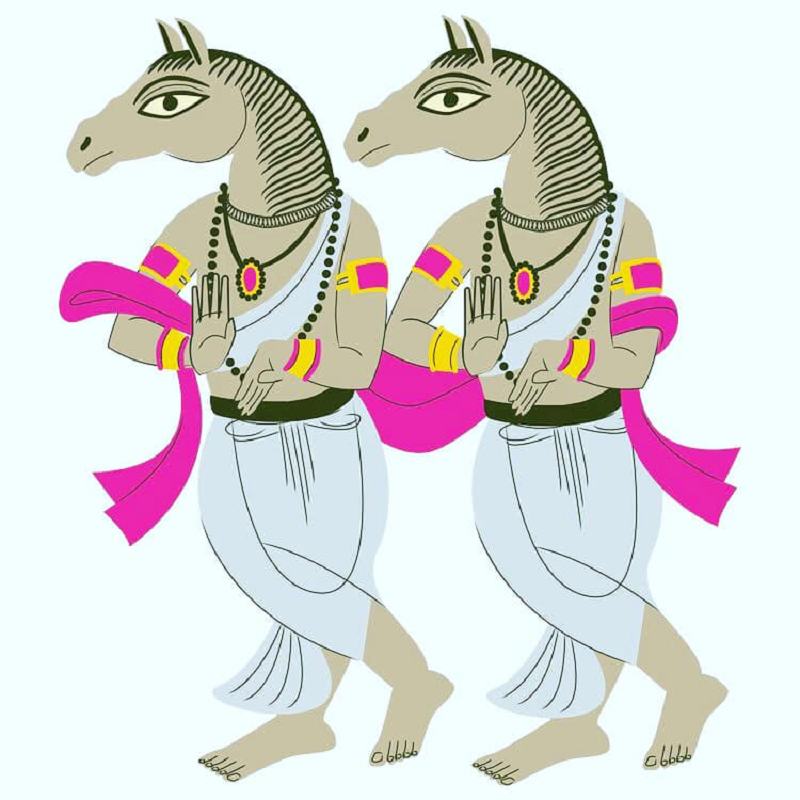
Solah Shringar, Silver Payal Dharmik and Scientific Significance: The makeup of married women has special significance in Hinduism. In Hinduism, there is talk of 16 adornments of women, which are done by women after marriage. In this, makeup like vermilion, bindi, mangalsutra, bangle, anklet and nettle is considered important. These adornments have been considered proof of women being married.
It is believed that married women's makeup prolongs their life of the married woman. One of the many adornments of women is the anklet, which is worn on the feet. But do you know that there are not only religious but also scientific aspects of wearing anklets on the feet? Know the recognition, importance and benefits of wearing anklets.
How old is the history of Payal
Payal is known by many names like Patil, Pajeb, Payal, Golusu, and Nupur. It is said that anklets have originated in India since ancient times. In ancient times, heavy and heavy silver anklets were worn on the feet, like bracelets. Anklets and other ornaments are also depicted in the sculptures of Hampi.

The religious significance of silver anklets
Payal is considered very auspicious in Hinduism. On the other hand, according to astrology, anklets made of silver metal are related to the moon. There is a belief in Hinduism that the origin of silver is the gift of Lord Shiva. In its Vastu Shastra also, Payal has been associated with positivity. According to this, the sound emanating from the anklet's ghungroo transmits positive energy.
Scientific benefits of wearing anklets
Silver is helpful in blood circulation. In this case, wearing silver anklets reduces the pain in the feet and strengthens the bones. It is also said about anklets that wearing anklets does not cause swelling in the feet.










